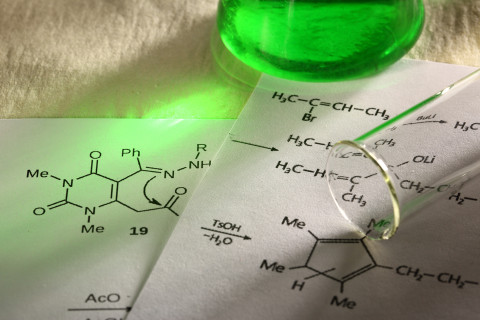Polyethene and polypropene based polymeric materials have many applications, including ordinary toys in our households, electronic device parts and automobile parts. As a consequence, there continues being high demand for such common plastic materials, with annual global production currently exceeding 300 million tons. These materials are typically prepared by a technique known as Ziegler-Natta (ZN) catalysis. While the ZN catalyst has proven cost-effective in the industrial production process, it is not very well understood at atomic level, which complicates further development and optimization of the process.
The ZN catalyst is composed of several components, which all contribute to the overall behavior of the catalyst, thus making the catalyst highly complicated to understand. Computational chemistry offers tools to explore each component separately, to single out their roles in the absence of other components. In this thesis, we employed computational chemistry for the two key components of the ZN catalyst, magnesium dichloride and titanium tetrachloride, to determine their interactions and the resulting atomic level structures and reactions during the catalytic process. The results advance the atomic level understanding of the ZN catalyst, which is the starting point for optimization of the catalytic process and rational tailoring of the polymeric materials.
The doctoral dissertation of MSc Peter Zorve, entitled Structures and Reactions of TiCl4absorbed MgCl2 Crystallites in Ziegler-Natta Olefin Polymerization Catalysis will be examined at the Faculty of Science and Forestry on the 17th of December online. The opponent in the public examination will be Assistant Professor Antti Karttunen, Aalto University, and the custos will be Professor Mikko Linnolahti, University of Eastern Finland. The public examination will be held in English.



